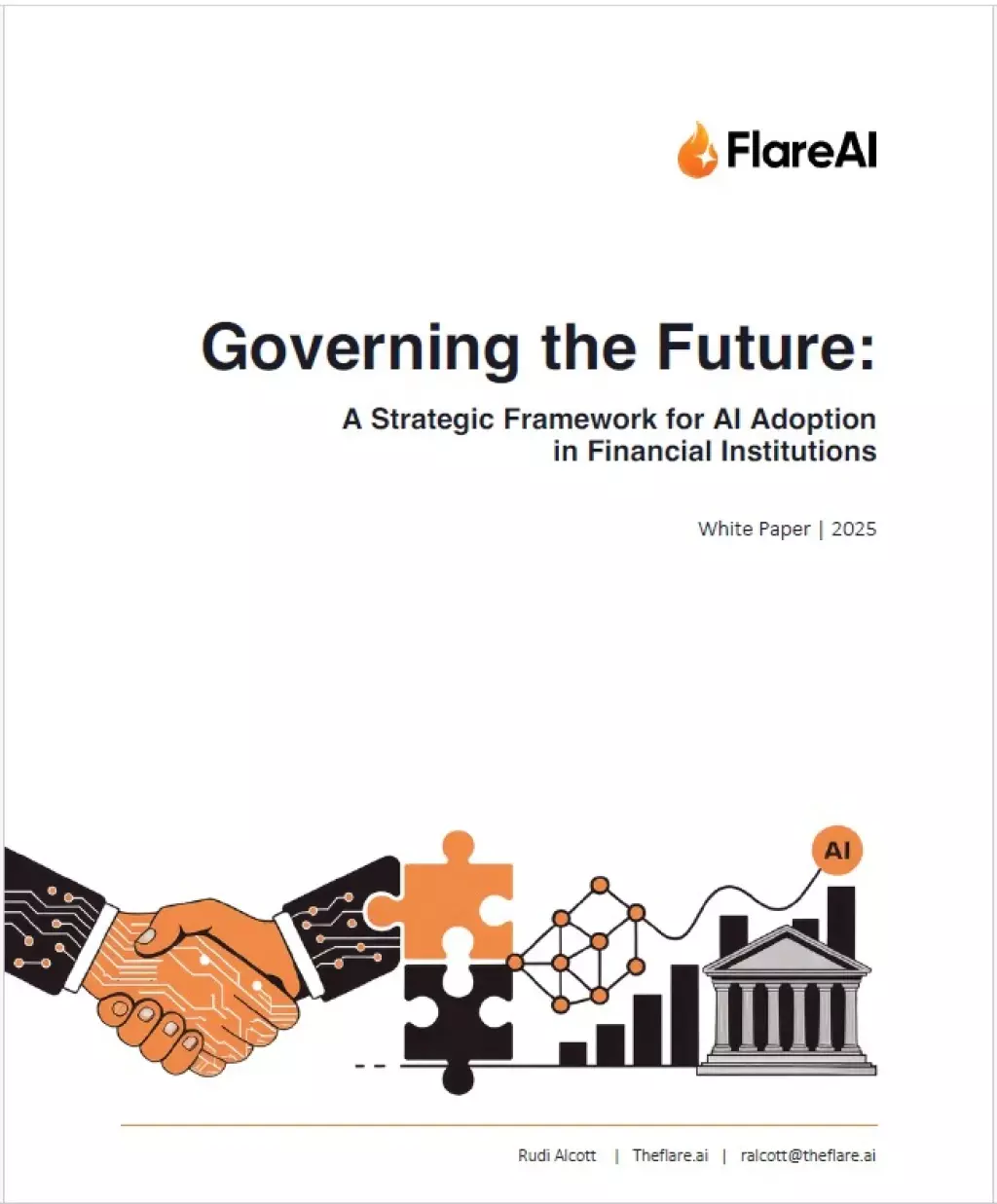China’s Emerging AI Regulation Aims to Balance Safety and Openness
A group of researchers has provided an overview of China's emerging regulatory framework for artificial intelligence, describing how the country is developing guidelines that could influence global AI governance. The analysis highlights the growing presence of open-source AI systems from China, even as national laws remain under development.
Two draft proposals — the Model AI Law and the AI Law (Scholar’s Proposal) — are serving as key references for policymakers. These documents aim to consolidate fragmented rules and clarify responsibilities in AI oversight. Lawmakers are expected to use them as foundations for a unified national AI law.
The proposed regulatory framework is described as being built on six pillars that emphasize flexible legal exemptions, efficient adjudication, and experimental approaches, while ensuring safeguards against high-risk AI applications. The structure seeks to balance oversight with openness, enabling innovation and international collaboration.
Although the framework remains in progress, researchers suggest that China’s evolving model could help harmonize global approaches to AI safety and risk management, contributing to efforts to align innovation with responsible governance.
We hope you enjoyed this article.
Consider subscribing to one of our newsletters like AI Policy Brief or Daily AI Brief.
Also, consider following us on social media:
More from: Regulation
Subscribe to AI Policy Brief
Weekly report on AI regulations, safety standards, government policies, and compliance requirements worldwide.
Whitepaper
Governing the Future: A Strategic Framework for AI Adoption in Financial Institutions
This whitepaper explores the transformative impact of artificial intelligence on the financial industry, focusing on the governance challenges and regulatory demands faced by banks. It provides a strategic framework for AI adoption, emphasizing the importance of a unified AI approach to streamline compliance and reduce operational costs. The document offers actionable insights and expert recommendations for banks with fewer than 2,000 employees to become leaders in compliant, customer-centric AI.
Read more
